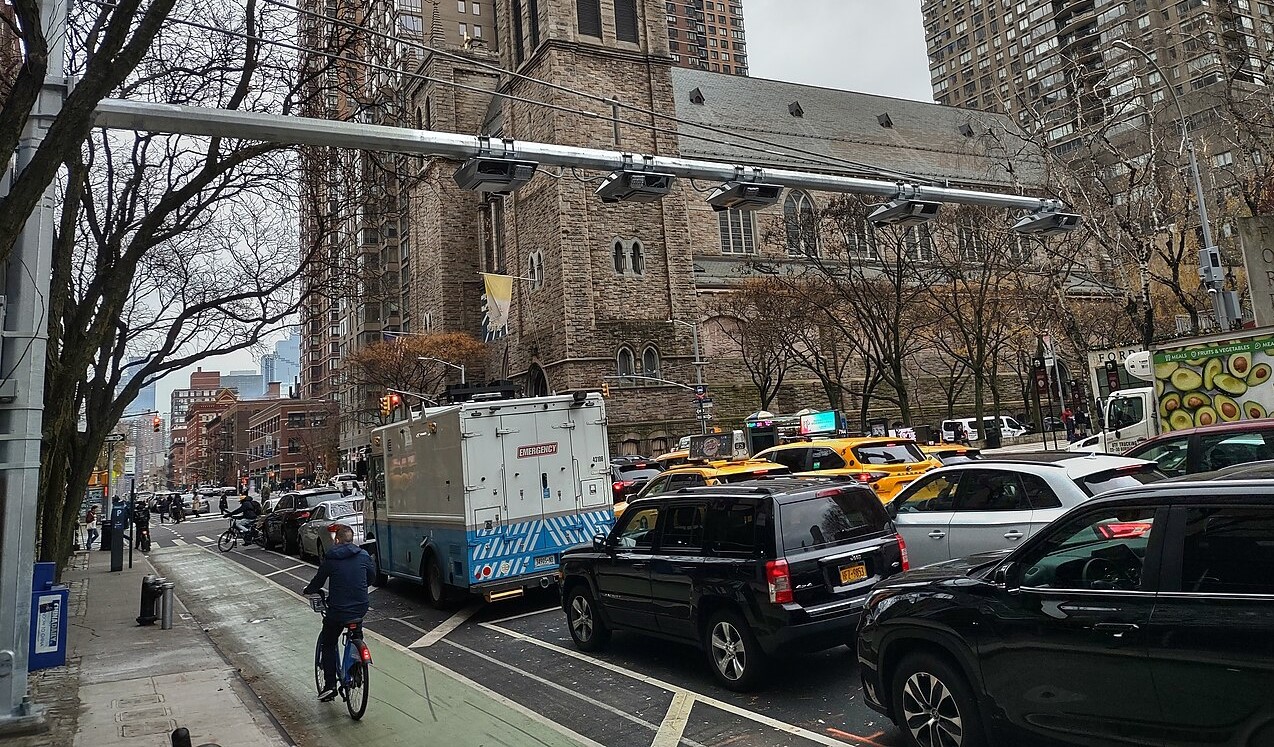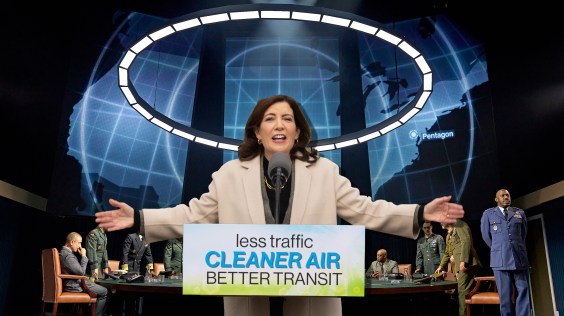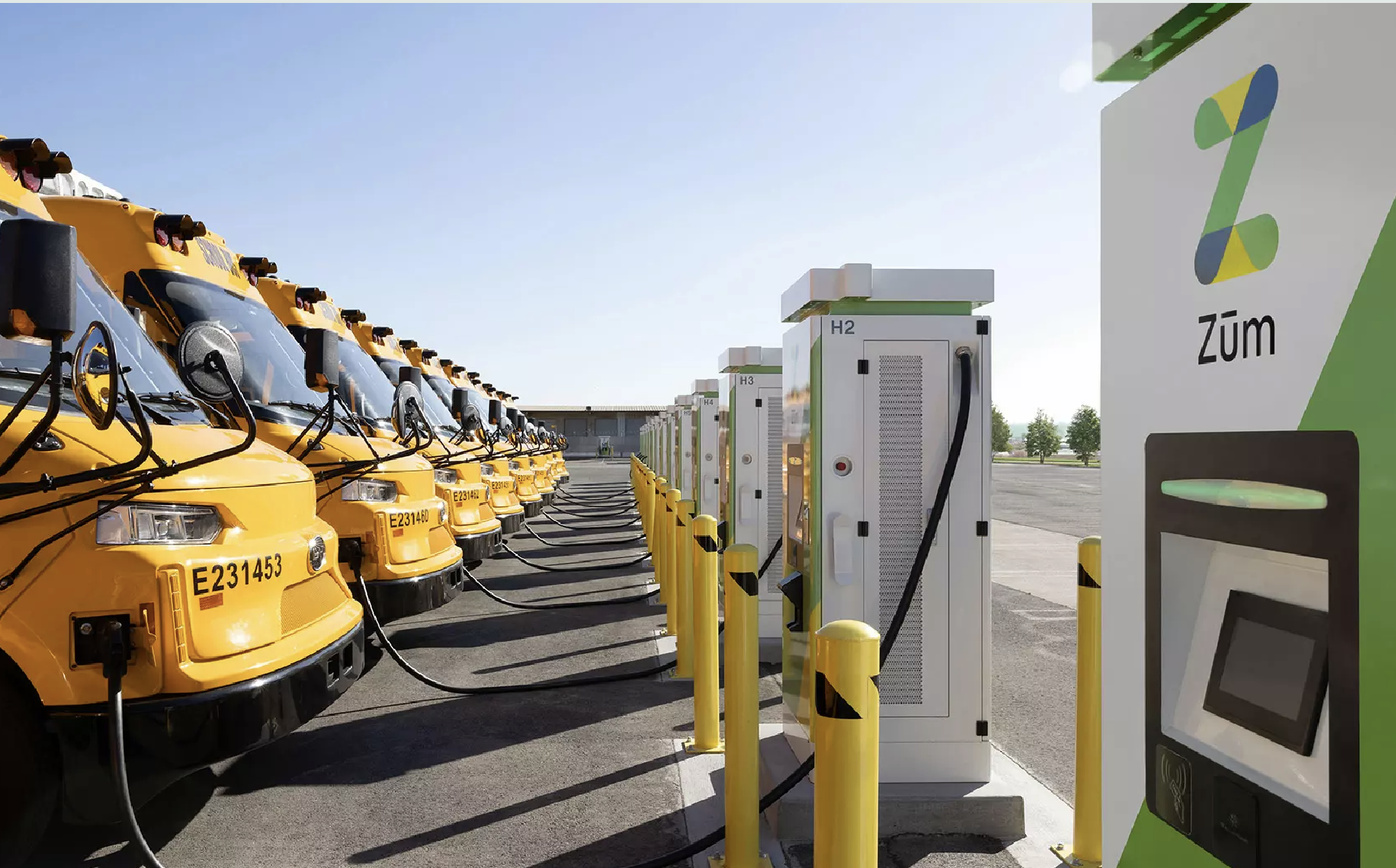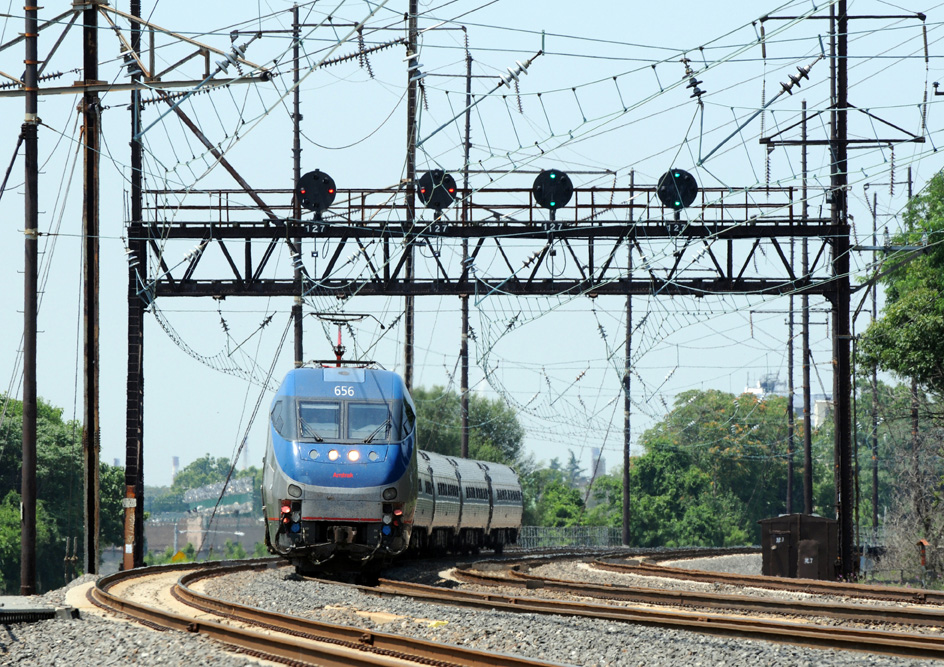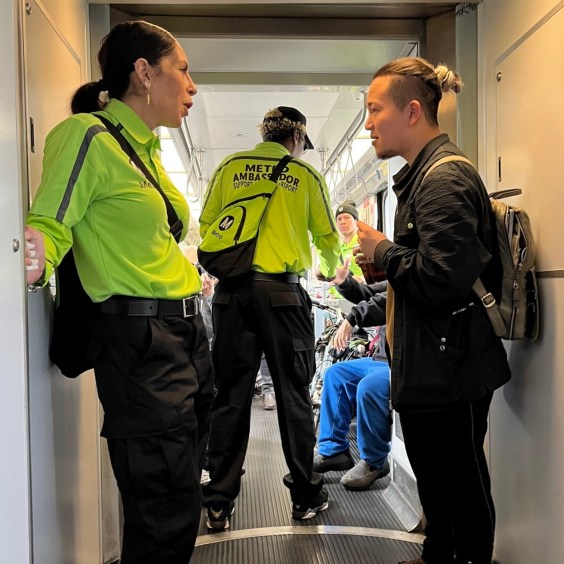Seattle’s human population is growing fast, but its car population has stalled out. Between 2017 and 2023, Seattle added 35,000 households, but just 3,300 cars, new Census data has revealed — in news that is music to urbanist ears.
“Census data shows the number of vehicles in the city has been effectively unchanged for years, even as the number of households has grown,” Gene Balk wrote in his most recent “FYI Guy” column in the Seattle Times. “Because the number of cars has basically plateaued while the number of households has grown, the rate of car ownership has declined.”
In fact, the rate of car ownership appears to be down about 10 percent in just six years, and the share of households that are carless grew to 20 percent of all Seattle households, up 25 percent. Renter households are driving this trend: “Around nine out of 10 carless homes were rental units in 2023,” Balk noted.
The jump in car-free households is a pattern that Balk has heralded since 2019. Although, Balk noted the trend was not as apparent before 2017, up until when Seattle was still adding a significant amount of cars as it added population.
Here are some other interesting nuggets from Balk's analysis:
- In 2023, which is the latest available census data, there were 127 vehicles for every 100 city households, which is down from about 140 vehicles for every 100 households in 2017.
- In 2023, there were a record 74,100 carless households, representing 20 percent of all Seattle households. That’s up from 53,200, or 16 percent of households, in 2017.
- From 2017 to 2023, the number of cars in Seattle remained effectively unchanged at just over 460,000. In 2023, the estimate was around 463,300.
- [A]mong homeowners, there were about 177 vehicles for every 100 households in 2023. Among renters, there were only around 87 vehicles for every 100 households.
Seattle’s population was 779,200 residents as of April 2023 — and that figure continued to grow steadily, reaching 816,600 by April 2025. Meanwhile, 2017 is the year that Seattle crossed the mark of 700,000 residents. In other words, Seattle added about 80,000 residents while adding just 3,300 cars.
Alas, SDOT dwells on car infrastructure
Seattle policymakers have not fully internalized or factored into their infrastructure decisions this break from car growth. Traffic engineers continue to project that traffic will trend upwards endlessly on city roads, leading to suboptimal plans that continue to focus on adding car capacity or avoiding repurposing car lanes to other uses.
One prime example is the Ballard Bridge replacement plan, which includes supercharging a highway interchange. The city says it must replace the bridge due to its advanced age, but overbuilding the bridge and interchange for cars will make it worse for people walking, rolling, biking, and living near the facility. And it’s completely unsupported by traffic models that actually tied to reality.
The Seattle Department of Transportation also recently sought to rule out expanding bus lanes on Denny Way due to fears of huge delays to car traffic, tied to its faith in nearly bottomless demand for car travel, even if alternatives are greatly improved. Seattle has managed to cut car ownership rates and grow carless households even with most streets remaining car-centric. Imagine what would be possible with a more balanced approach with more focus on alternatives.
Seattle outpaces suburbs
The high degree of carless household formation appears to be a unique characteristic about how Seattle is growing as compared to other cities in the state.
For example, Bellevue’s drive-alone rate (53.6 percent) is about 40 percent higher than Seattle’s, and its transit mode share is about half of Seattle’s (7 percent vs 14 percent for Seattle) as is its walking commute rate (4.5 percent vs 8.5 percent for Seattle). Even at a modest 2.7 percent, Seattle’s bike rate is nearly seven times Bellevue’s. Just 6.6 percent of Bellevue workers reported lacking access to a car, less than half of Seattle’s rate.
Cities like Tacoma and Everett see even more car-centric travel patterns than Bellevue. The drive alone rate is 66 percent in Tacoma, and 72 percent in Everett, with transit accounting for less than 4 percent of commutes, according to the 2023 American Community Survey.
The proven ability to grow rapidly without needing to add cars makes Seattle a particularly ripe market for transit ridership and one that transit agencies will need to serve in order to keep this momentum up. This dynamic is important to factor in as Sound Transit weighs revising its timelines and plans due to growing financial pressures, which could jeopardize two light rail corridors in Seattle, serving West Seattle and Ballard while adding a second tunnel through downtown.
Some suburban boardmembers have pushed to table or downsize Seattle projects in order to get light rail to Tacoma and Everett faster.

Meanwhile, Seattle officials have pushed back and cast doubt on whether cutting or deprioritizing Seattle projects move would support future population and job growth and encourage high ridership in the Link network. Does the transit demand exist at the edges of the network to ensure Link meets its ridership goals?
Boosters for Everett and Tacoma would argue that their transit mode share remains low because the regional Link light rail network has not reached them yet (and won’t until mid-2030s at best). Light rail should help encourage transit usage, but both cities already have Sounder commuter rail and express buses that already provide faster service to Downtown Seattle (the region’s primary center for jobs and large events) than light rail ever will — due to the high number of stops in-between. Light rail will not single-handedly turn those cities into transit markets rivaling Seattle, nor grant them the same ability to add car-free households as readily.
Urbanists have long been making that case that growth in Seattle is the most climate-friendly and easiest to support with transit and infrastructure. The data on carless household formation continues to build that case. Adding residents without an influx of cars is a key ingredient in green urbanism and high quality of life (unless you enjoy traffic congestion and pollution). Seattle appears to have the recipe figured out.
This story was originally published by The Urbanist. Click here to read more stories from this indispensable outlet.


